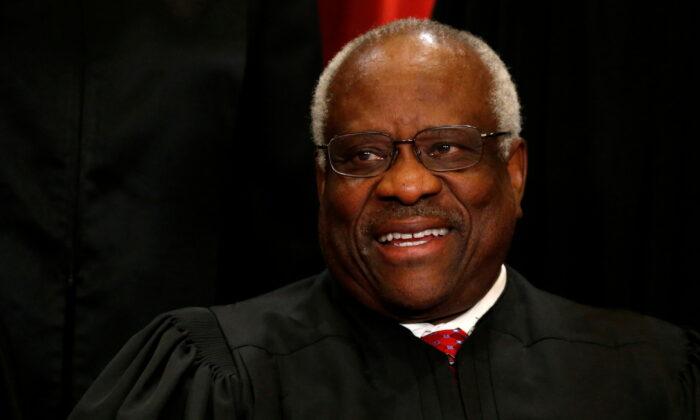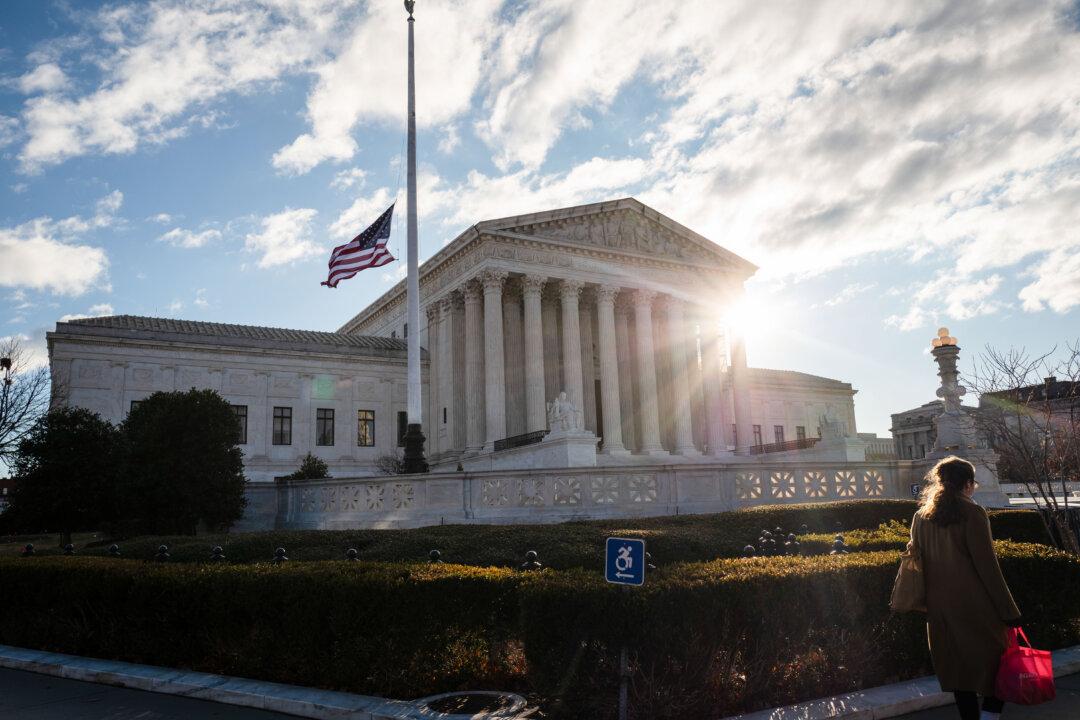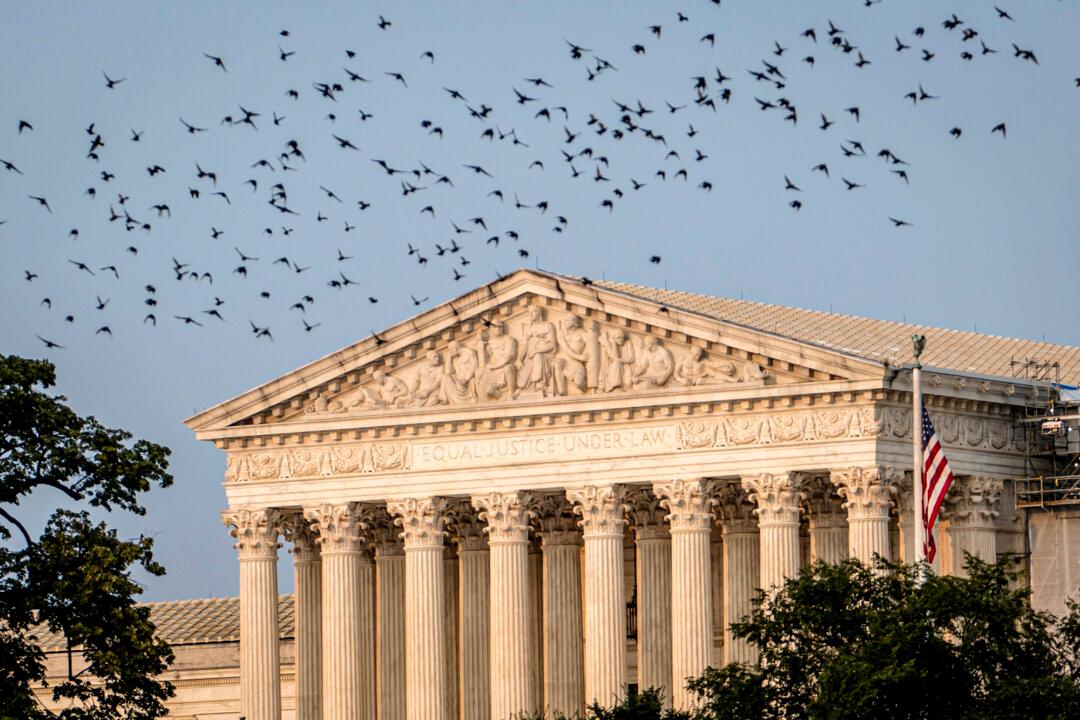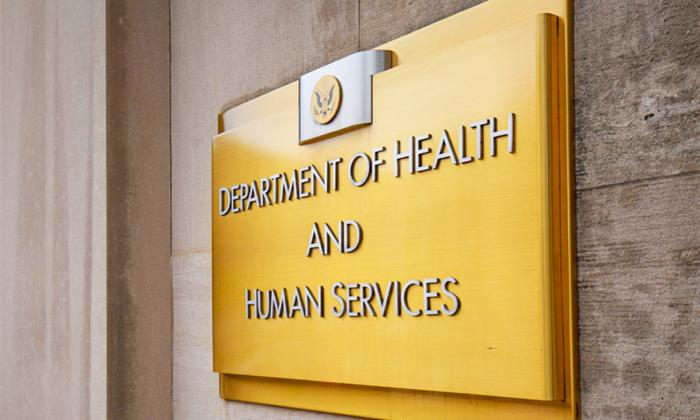The Supreme Court voted 6–3 on June 23 to strike down New York state’s draconian concealed carry gun permitting system on constitutional grounds, recognizing for the first time a constitutional right to carry firearms in public for self-defense.
The ruling is a sweeping victory for Second Amendment gun ownership rights and may help to undo restrictive gun control laws outside New York state, possibly including so-called red flag laws, which allow the confiscation of guns in certain circumstances with limited due process.
The Second Amendment states: “A well regulated Militia, being necessary to the security of a free State, the right of the people to keep and bear Arms, shall not be infringed.”

‘Fully Applicable to the States’
The Supreme Court has been strengthening Second Amendment protections in recent years, and observers have said that the court’s six-member conservative supermajority could help expand gun ownership protections. In District of Columbia v. Heller (2008), the Supreme Court held that the Second Amendment protects “the individual right to possess and carry weapons in case of confrontation,” and in McDonald v. City of Chicago (2010), it held that this right “is fully applicable to the States.”The ruling comes amid rising crime rates, activist demands to defund police departments, and a Biden administration push to strengthen gun control policies. A legislative package, introduced in the wake of a series of high-profile mass shootings, is moving forward in Congress.
Wayne LaPierre, executive vice president of the National Rifle Association (NRA) hailed the decision, calling it a “watershed win for good men and women all across America” and taking credit for the victory after “a decades-long fight the NRA has led.”
Biden: ‘Should Deeply Trouble Us All’
President Joe Biden condemned the new ruling, which he said “contradicts both common sense and the Constitution and should deeply trouble us all.”“I call on Americans across the country to make their voices heard on gun safety. Lives are on the line,” Biden said.
The Empire State’s gun permit law, as with laws in seven other states, generally requires an applicant to demonstrate “proper cause” in order to obtain a license to carry a concealed handgun in public.

The specific issue before the court was whether the state’s denial of the petitioning individuals’ applications for concealed carry licenses for self-defense violates the U.S. Constitution.
‘Violates the Constitution’
The majority opinion (pdf) was written by Justice Clarence Thomas, who declared that New York’s proper-cause requirement violates the 14th Amendment by preventing law-abiding citizens with ordinary self-defense needs from exercising their Second Amendment right to keep and bear arms in public for self-defense.“Because the State of New York issues public-carry licenses only when an applicant demonstrates a special need for self-defense, we conclude that the State’s licensing regime violates the Constitution,” Thomas wrote, before quoting Konigsberg v. State Bar of California (1961).
“In keeping with Heller, we hold that when the Second Amendment’s plain text covers an individual’s conduct, the Constitution presumptively protects that conduct. To justify its regulation, the government ... must demonstrate that the regulation is consistent with this Nation’s historical tradition of firearm regulation. Only if a firearm regulation is consistent with this Nation’s historical tradition may a court conclude that the individual’s conduct falls outside the Second Amendment’s ‘unqualified command.’”

It makes no sense to deny Americans the ability to defend themselves outside their homes, he said.
“To confine the right to ‘bear’ arms to the home would nullify half of the Second Amendment’s operative protections. Moreover, confining the right to ‘bear’ arms to the home would make little sense given that self-defense is ’the central component of the [Second Amendment] right itself,'” Thomas wrote, quoting the Heller opinion.
‘Hard to Imagine the Furor’
In a concurring opinion, Justice Samuel Alito wrote that in 1791 when the Second Amendment was adopted, “there were no police departments, and many families lived alone on isolated farms or on the frontiers. If these people were attacked, they were on their own. It is hard to imagine the furor that would have erupted if the Federal Government and the States had tried to take away the guns that these people needed for protection. Today, unfortunately, many Americans have good reason to fear that they will be victimized if they are unable to protect themselves. And today, no less than in 1791, the Second Amendment guarantees their [rights].”Justice Stephen Breyer wrote a dissenting opinion, which Justices Sonia Sotomayor and Elena Kagan joined.
“In 2020, 45,222 Americans were killed by firearms. Since the start of this year (2022), there have been 277 reported mass shootings—an average of more than one per day. Gun violence has now surpassed motor vehicle crashes as the leading cause of death among children and adolescents. Many States have tried to address some of the dangers of gun violence just described by passing laws that limit, in various ways, who may purchase, carry, or use firearms of different kinds. The Court today severely burdens States’ efforts to do so.”





